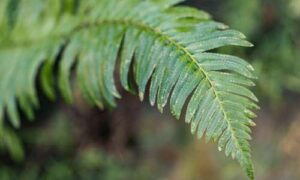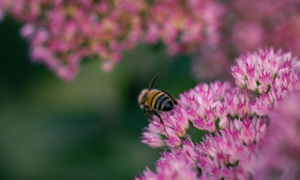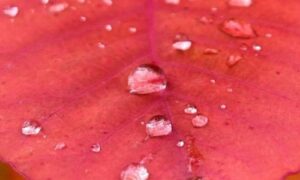Summer squashes, such as zucchini, globe squash, pattypan, and yellow crookneck squash, are quick-growing, small-fruited, non-trailing or bush varieties of Cucurbita pepo. Plants are upright and spreading, 45 to 75 cm (18 to 30 inches) high, and produce a great diversity of fruit forms, from flattened through oblong to elongate and crooked fruits, colored from white through cream to yellow, green, and variegated. Fruit surfaces or contours may be scalloped, smooth, ridged, or warty. The fruits develop very rapidly and must be harvested a few days after they form (before the seeds and rinds harden) and used soon after harvest. The rind is generally considered edible. Description from britannica.com
Home > Plant Guide >
Scientific Name
Family
Garden Type
Wildlife
Native Plant Region
Light needs
Water Needs
Plant Type
Bloom Color(s)
Height
Width
Months in Bloom
Safe Beneath Power Lines?

We’d like to maintain accurate and robust plant listings. If you see information that is not correct or that could be added to improve the listing, please let us know. Or if you’d like to suggest a plant to add to our plant guide, you can use this form do so. Thank you!

Protecting the trees and other vegetation that what we currently have is perhaps the most important way to ensure biodiversity in cities.

Despite the urban character and the high population density, a surprising diversity of life exists in Capitol Hill. Explore a few physical aspects of our urban ecosystems and meet some of its more-than-human residents.

Three inspiring local food justice practitioners will share how their work in urban farming improves access to healthy foods, fosters relationships to land, and builds community.

This workshop will guide you through the process and materials needed to help you decide if Mason Bees are right for you and your garden, whether you have a small deck or an open garden.

Start a garden in a planting strip along the street. Explore our interactive corridor map, find what to grow, and start nurturing today.

Seattle neighborhoods are full of wildlife and wild things. We’ve compiled a few exercises to help you slow down and appreciate the nature that surrounds you.
Nature of Your Neighborhood is a collaboration between Birds Connect Seattle, the Capitol Hill EcoDistrict, and the Seattle Bird Conservation Partnership. Our goal is to foster relationships between the people and the nature of their neighborhoods.